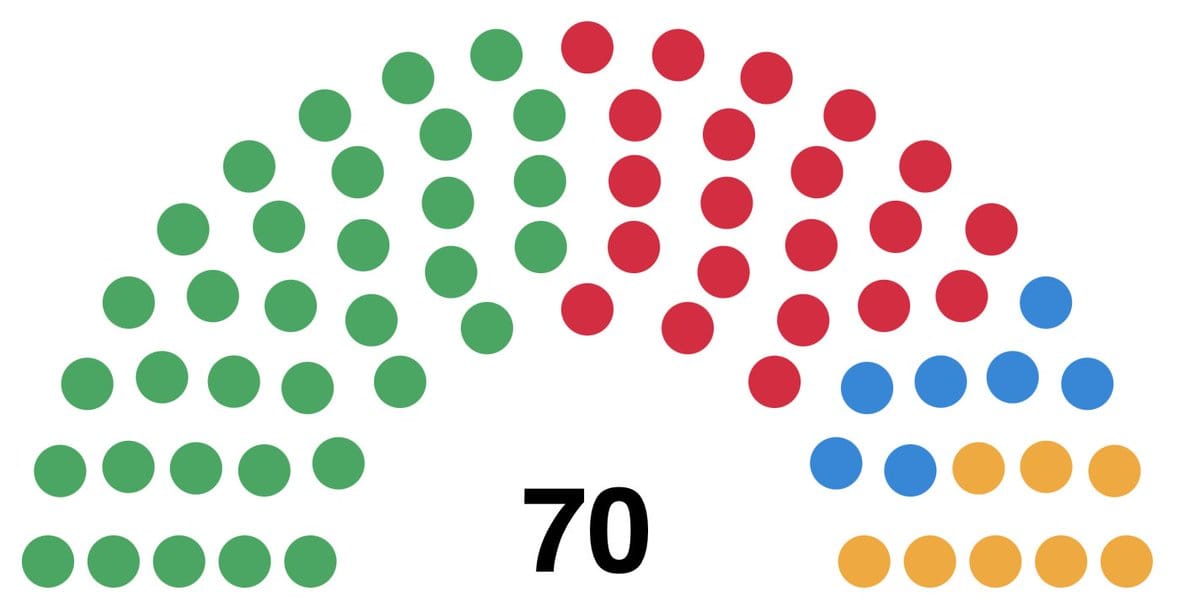By Hope Talbot, First Year History
What does it mean for a public institution to go private? And how does this impact the experience of university students today? Hope Talbot explores the privatisation of public universities and ramifications this has on students in 2022.
In their current state, universities are finding themselves the victims of so-called ‘privatisation by stealth’. As universities continually rely on student loans for the majority of their funding, institutions are now vying for students, increasing admissions, and expanding at an unsustainable rate. Rather than prioritising quality and function, universities now seem to be prioritising profit, with a privatisation mindset seemingly driving institutional action. But, what does it mean for a public institution to go private? And how does this impact the experience of university students today?
The Difference between Private and Public institutions
A public institution is one that is backed by public funds and is controlled, either fully or in part, by the government. In its current form, the government funds universities through the Student Finance system, providing loans at lower interest rates for students to pay tuition fees and cover living costs. The government also provides funding to universities through funding councils such as Research England, which provide funding for research projects at English universities.
A private institution is one that is supported primarily through non-state funds. These funds might be gained through sponsors or endowments, or by selling services, in this case, training or education. While universities still gain most of their funding from student loans, which is supported by state funding, many argue that this system has forced universities to act like private businesses in attempting to garner more students to increase funding.

What are the consequences of universities acting like private institutions?
Prior to the loan system, universities could rely on a steady stream of students, with a mostly unchanging amount of funding from the government. However, with the advent of student loans, this has meant that universities now receive the majority of their funding based on student loans, rather than direct government funding. Therefore, this incentivises universities to increase numbers of students.
This push towards encouraging greater enrolment of students can be seen in the expansion of student accommodation, and the numbers of students accepted into institutions. At the University of Sussex, the student population increased from 13,000 in 2014, to 18,510 students in 2020, with an expanded campus constructed at a cost of £400-500 million. Similar patterns can be seen at the University of Bristol, with student intake increasing across every faculty.
The idea of university degrees as ‘an investment’ has similarly been co-opted by an increasingly privatised mindset. Universities now continually advertise post-graduate employment statistics, with emphasis placed on a degree’s status in improving career prospects, a fact which is continuing to be questioned in the current job market.

This concept of ‘privatisation by stealth’ has also vastly changed the way that universities treat staff and students. As highlighted by the recent UCU strikes, the move towards temporary/part-time roles and outsourcing of staff has led to precarious and exploitative contracts. Similarly, staff have also seen a 25.5 per cent real terms pay cut over the past 13 years and increasing workloads resulting from the pandemic on top of the increase in student numbers.
End of strike wave @Bristol_UCU. But certainly not the end. We are the university #oneofusallofus pic.twitter.com/7xqlEYJ39m
— Prof Albert Sanchez-Graells (@How2CrackANut) April 1, 2022
As for students, essential services have continually been cut in order to increase profit in other areas of universities. Research conducted in 2020 found that 125,000 students are studying at universities which cut their mental health budgets over five years. This cut in funding could be seen in real-world consequences, as the pandemic left students severely lacking in adequate mental health provisions, as a direct result of universities prioritising profit.
What can be done to improve the experiences of staff and students at university?
Overall, this move towards privatisation is actively harming the student and staff experience at universities. However, students now have a renewed agency due to their status as a ‘consumer.’ As consumers, students have the autonomy to withhold funds, and seek out institutions which prioritise quality over expansion and profit.
While most students pay the same price at any institution, it’s important to recognise the fact that many universities are now vying for student interest, and students have the power to turn down and move away from institutions based on certain standards. Similarly, when students take up enrolment at institutions, student funding is still crucial to the existence of institutions and is thus still a driving factor in making change.
As strike action continues, students remain important and crucial allies in promoting institutional change and can act as such.
🚨Our ballot in the fight against cuts to USS pensions closes on 8 April
— UCU (@ucu) April 2, 2022
Make sure yours is posted by 6 April 📩
Employers are refusing to revoke 35% cut despite USS confirming that the basis for cuts has disappeared, as assets hit £88bn
VOTE YES ❌✊#OneOfUsAllOfUs pic.twitter.com/j30Hxkmhgz









